At a distance of approximately 3,510 km (2,180 mi) away from Chile, is Rapa Nui otherwise known as Easter Islands. Don’t keep your hopes high it’s not an island where you celebrate Easter every day, however, it’s comprised of over 900 statues at the height of 13ft on average and each weighing around 30 tons! These statues speak in silence as they mysteriously stand on Rapa Nui’s soil.
The Polynesian Triangle
I don’t know why I have an obsession with triangles but here goes another one. The Polynesian triangle is a region of the Pacific Ocean, it consists of three island groups: Hawaii, Easter Island (Rapa Nui) and New Zealand, with each of them representing corners of a triangle. Many islands are scattered within this triangle. The indigenous people inhabiting these Islands go by the name Polynesians and many of them share similar traits including language, family, culture and beliefs.
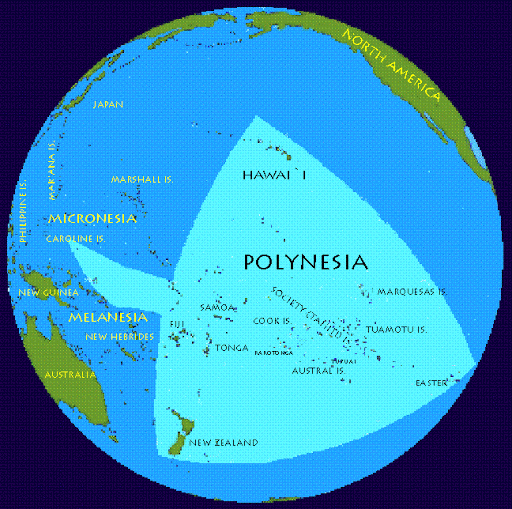
People made a move
It’s believed that inhabitants first arrived at Easter Island sometime during 1200AD. It was excelling in terms of industrial culture as evident from the statues. In the year 1888 Easter Island became special territory to Chile and the population has been growing ever so slightly since. As of 2015, it has been registered that 7750 people live on the Easter Island and it continues to grow. Moreover, many tourists visit the island throughout the year and it’s now considered a World Heritage Site by the UNESCO (United Nations Educational, Scientific and Cultural Organization).
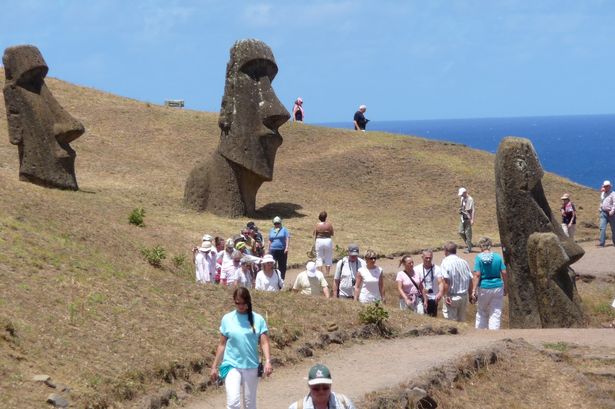
Easter Island has over 900 statues
Some may recognise these statues from the movie Night at the Museum as a large stone structure which loves the words ‘Dum-Dum’. Others may have no idea what I’m talking about, nonetheless, back to Easter Islands… These stone structures go by the name ‘Moai’. They are stone blocks which are carved into human-like figures by the Rapa Nui people. We aren’t certain about when exactly they were carved but it was sometime between 1200-1500. Some statues are much larger than others. The biggest one stands at 33ft tall and weighs around 90 tons.
The shape and structure of them are very distinct as they all follow the same pattern of a large head, long nose, heavy brows and deep dark eyes. Nevertheless, the creation of the stone structures is one which is considered remarkable as it would have been extremely difficult to carve and transport them.
From further discoveries during 2012, we came to know that these statues don’t just have their elongated heads, but they also have a body. The head is just 3/8 of the whole structure which you see at first sight. For most of the statues, the rest is hidden under the soil of Rapa Nui.

How did the Rapa Nui people make the enormous statues?
On the island – measuring only 163.6 km² – many volcanoes have erupted in the past. When these volcanoes erupt they release ash which gets deposited on the ground. Followed by a process called consolidation which compacts the ash into solid rock. The specific rock formed by the eruption of volcanoes in the Easter Islands is called tuff(a soft igneous rock). All the rock used to prepare these gigantic rock structures were found on the island itself.
So now this leads us to think how the hundreds of stone statues were moved around the island with each weighing approximately 13 tons. Now, scientists have theorised that the people of Rapa Nui moved the Moai by using various methods. This includes strapping the statues to trees and dragging them, or tying a rope to the head of the Moai and pulling from opposite sides in a walking motion using the ropes. It’s clear that they’ve managed the job well.
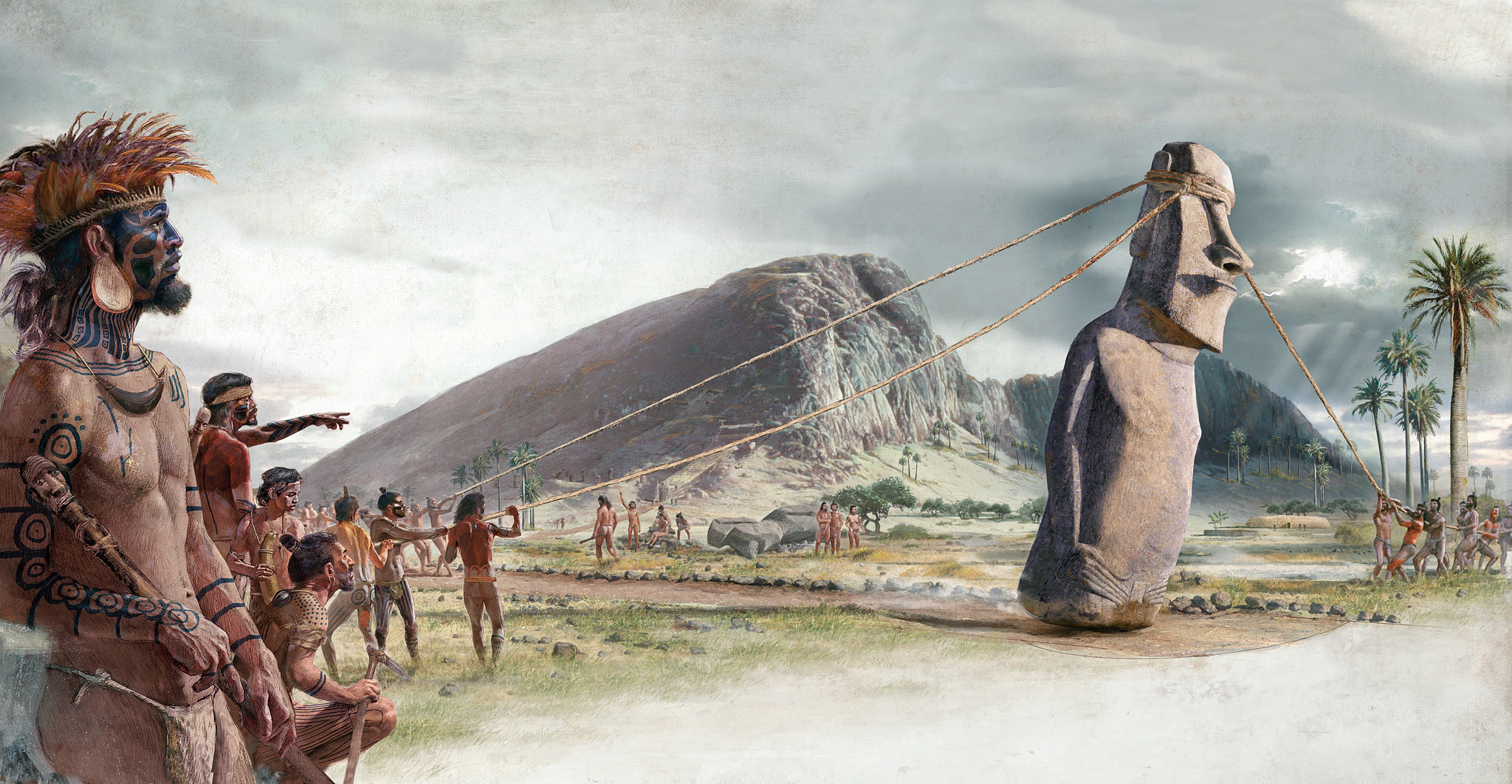
What is the significance of the Moai statues?
The Moai meant a lot to the Rapa Nui people in the past. It signified the spirits of their ancestors and also represented as their guardian or protector for the people of Rapa Nui. Interestingly, all the statues except one group face inland. This group is known as the ‘Ahu Akivi’. ‘Ahu’ means, a flat stone pedestal on which the Moai stand. Particularly on this Ahu, there are 7 Moai’s facing towards the pacific ocean, however, all the others face inland.
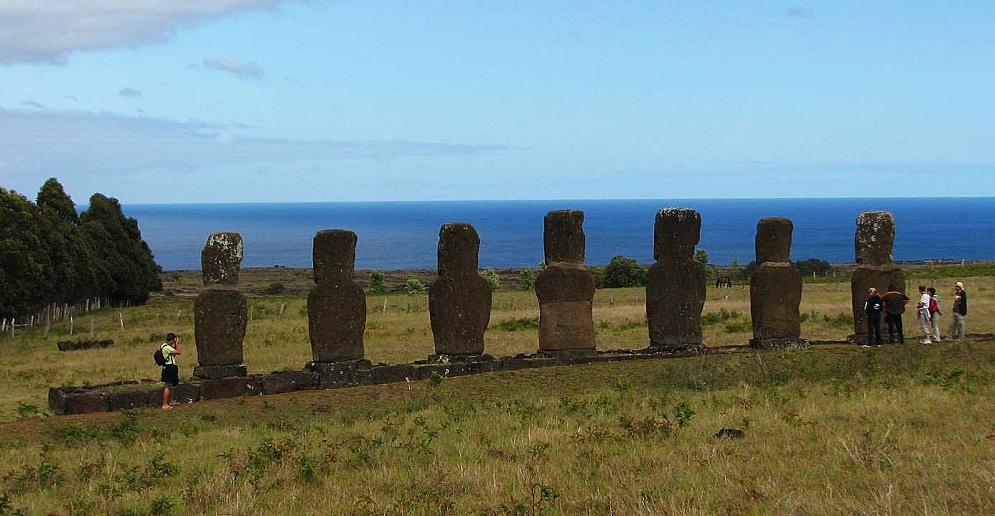
Among all the similar enormous statues lies only one unique statue – Tukuturi. Its unusual features include having a round-shaped face, a beard and being in a kneeling position. Unlike most of the Moai which are carved using tuff, Tukuturi is carved from red scoria(a slightly more fragile type of volcanic rock). The reason why this was the only one of its kind still remains a mystery and quite simply it just doesn’t look like an Easter Island statue.
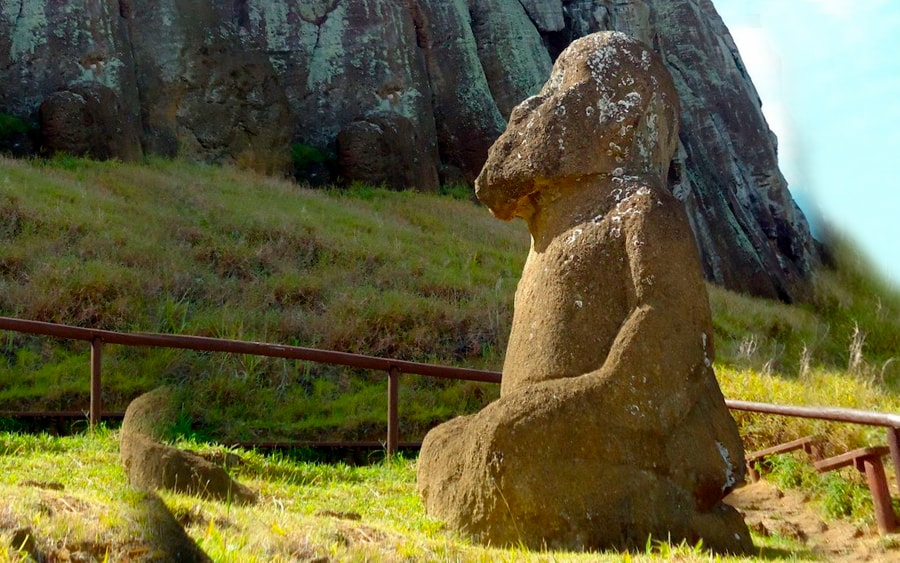
This location continues to intrigue me and remains an island that is definitely worth exploring, well I sure do. Many questions on the topic of Easter Island still remain a mystery. So visit Easter Island and discover more perplexing facts and uncover more mysteries!


Leave a Reply